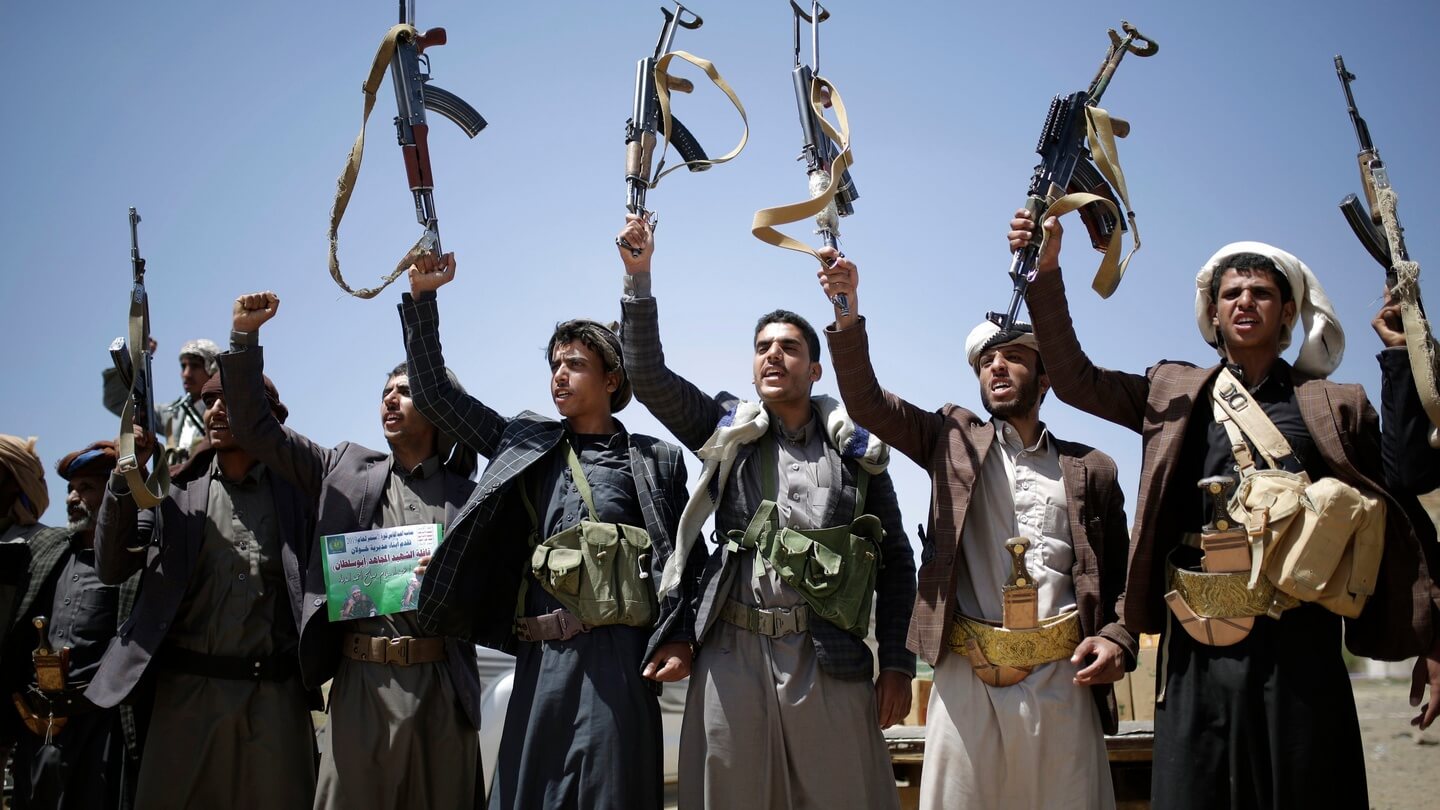On April 2, as devout Muslims all over the world began observing Ramadan—the holiest month in the Islamic calendar—warring parties in the Yemeni conflict agreed to a two-month United Nations (UN)-brokered ceasefire. The truce marks the first time since 2016 that a ceasefire has been declared in Yemen. Accordingly, the international community has hailed the deal as a landmark achievement and expressed hope that a pause in fighting would end the devastating seven-year-long war.
Ceasefires, generally speaking, allow for the increased flow of humanitarian and economic aid to conflict-affected regions and provide much-needed relief to besieged populations. For instance, aid organisations have stepped up relief efforts during ceasefires reached in Syria, Ethiopia, Gaza, Sudan, Mali, Afghanistan, and Myanmar. To this end, the UN said that one of the main objectives of the Yemen agreement is to facilitate the entry of aid. In fact, the Saudi-led coalition has already announced its decision to remove the blockade on the Hodeidah port and the Sana’a airport to allow the entry of food and fuel.
Ceasefires also usually include confidence building measures (CBMs) aimed at bringing belligerents to the negotiating table. In 1991, the UN mediated a ceasefire agreement between the Polisario Front and the Moroccan government to bring an end to the decades-long war over Western Sahara and CBMs played a major role in ensuring that both sides stuck to the agreement. Similarly, in 2002, Sudan signed a truce deal with the Sudan People’s Liberation Army (SPLA) known as the Nuba Agreement to enable the entry of humanitarian aid. The Agreement included several CBMs, including goodwill measures by both parties, that made it a success.
In the case of Yemen, President-in-exile Abdrabbuh Mansour Hadi resigned and transferred power to an eight-member Presidential Council, a move meant to appease the Houthis, who refuse to recognise Hadi’s government. Hadi’s decision to quit was an example of a CBM taken by one side in the hope that the other faction would reciprocate.
But despite the role of ceasefires in facilitating aid deliveries and encouraging actors to take CBMs, they fail more often than they succeed. In Yemen, multiple ceasefire agreements reached between the Houthi and the Gulf coalition prior to 2016 were broken and efforts to reach a truce since 2016 have failed to materialise. In May 2015, a ceasefire was reached between all parties but lasted only four days. Four months later another agreement failed to last even 24 hours. Similarly, several unilateral ceasefires announced by both sides between 2016 and 2021 were violated.
In fact, not long following the recent truce deal, both Saudi Arabia and the Houthis have accused each other of violating the agreement.
Ceasefire violations are not just limited to Yemen’s civil war. A 2016 study conducted by Patrick Burke, an expert on security and terrorism at the University of Chicago, notes that most ceasefires fail and are “followed by catastrophic offensives rather than low-level attacks.” Burke examined 105 ceasefires from 25 different wars since 1947, including the Yemen civil war, and found that 84% of them failed and were followed by a major offensive within 13 days. With respect to Yemen, the study found that of the nine failed ceasefires reached before 2016, seven of them led to offensives.
Additionally, belligerents in a conflict have used ceasefires to bolster defences and prepare for an attack. John A. Stevenson, a political science researcher at the University of Chicago, posits that most political actors use ceasefires “to muster diplomatic support for their political faction [and] eliminate their rivals.” Stevenson highlights the case of South Sudan, where disagreements between President Salva Kiir and Vice President Riek Machar resulted in a deadly five-year civil war. He notes that both Kiir and Machar’s factions abused multiple ceasefires deals to consolidate more military power and attacked each other while committing horrific atrocities in the process.
The success of a ceasefire is limited because the warring parties will continue to harbour suspicions of the other side’s intentions. It has to be noted here that ceasefires are temporary arrangements meant to bring all parties to the negotiating table through a halt in fighting. They are different from armistice agreements, which most often include a comprehensive peace deal and an end to the fighting. Under such a cloud of suspicion, tensions run high and missteps are bound to happen, ultimately leading to frequent ceasefire violations.
For instance, a truce between the United States and Russia in Syria in 2016 to halt airstrikes to allow the entry of aid failed after misunderstandings between Washington and Moscow led to Russian jets bombing the aid convoy. Both had accused each other and their allies of violating the ceasefire. The incident was yet another demonstration of the fact that ceasefires are highly susceptible to failure because parties lack trust, which is the most important currency in ensuring a ceasefire succeeds.
Therefore, irrespective of the fact that the Yemen truce deal was announced at the onset of Islam’s holiest month, the troubled history of ceasefires, not only in Yemen but across the globe, indicates that it is only a matter of time before this ceasefire is violated. In fact, if anything, the ceasefire is merely a harbinger of an increase in violence, jeopardising any effort to transform this truce into an armistice and achieve long-term peace.
History Tells Us That the Yemen Ceasefire Is Destined to Fail
The vast majority of ceasefires fail and in fact lead to an even greater uptick of violence, suggesting that Yemen's latest truce agreement is virtually guaranteed to falter before completion.
April 13, 2022

Shia Houthi tribesmen show support for the Houthi movement in Sanaa, Yemen, 2019 IMAGE SOURCE: ASSOCIATED PRESS
